On April 1 2022 both Heidi Goes (BantUGent) and Bruna da Silva (UNISINOS University, Brazil – BantUGent) defended their PhD dissertations.
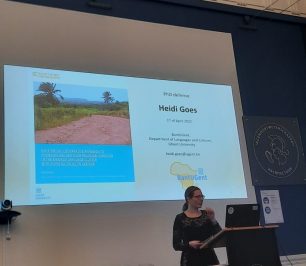
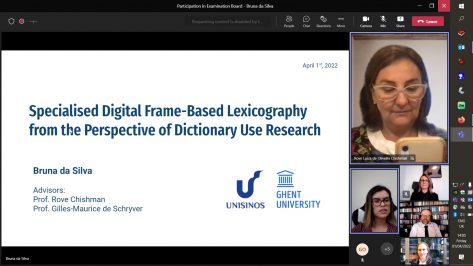
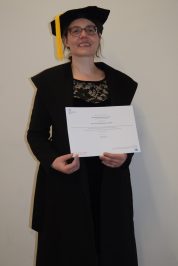
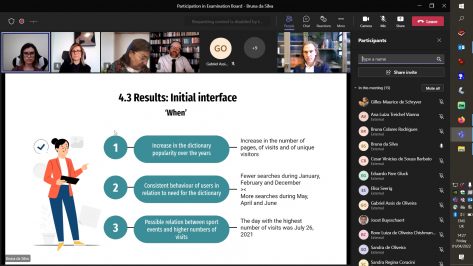
On April 1 2022 both Heidi Goes (BantUGent) and Bruna da Silva (UNISINOS University, Brazil – BantUGent) defended their PhD dissertations.




Peter Coutros (BantUGent) is in Kinshasa from March 21 to April 11 2022 to examine the archaeological data excavated as part of the BantuFirst project during three successive fieldwork campaigns in 2019, 2020, and 2021. This post-excavation analysis is done in close collaboration with Prof. Igor Matonda (UNIKIN) and Isidore Nkanu.
Our dear colleague and BantUGent associate Manoah-Joël Misago (1975-2022), professor at the University of Burundi (Department of Kirundi & Kiswahili), was buried at the Mpanda cemetery in Bujumbura on March 5, 2022 in the presence of his family and many colleagues and friends. Maud Devos (RMCA & BantUGent) and Koen Bostoen (BantUGent) made a (pre-recorded) funeral speech on behalf of the UGent Centre for Bantu Studies (of the Department of Languages and Cultures at Ghent University) and the Department of Cultural Anthropology and History (of the Royal Museum for Central Africa in Tervuren). Ferdinand Mberamihigo and Ernest Nshemezimana, his colleagues from the University of Burundi and also BantUGent associates, were amongst the pallbearers and laid a mortuary crown on behalf of our team and department.
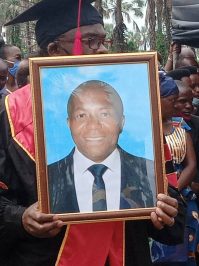
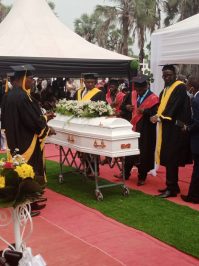
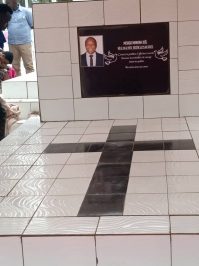
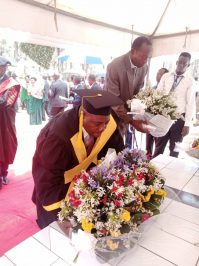
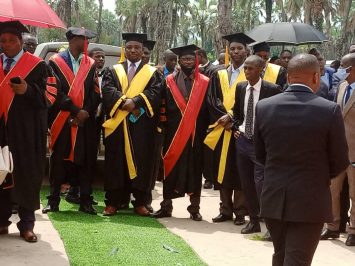
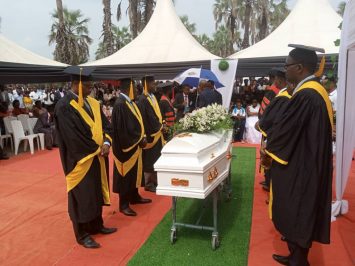
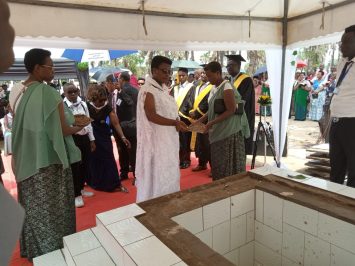
Our Burundian colleague Manoah-Joël Misago (1975-2022), professor at the University of Burundi (Department of Kirundi & Kiswahili) and BantUGent associate, passed away in Bujumbura on February 25, 2O22. He obtained his PhD degree in African Studies at Ghent University in 2018 with a dissertation on motion verbs in Kirundi and was a Kiswahili lecturer in the UGent African Languages and Cultures study program in 2016-2017. He leaves a wife and three children aged 12, 7 and 3. May he rest in peace! Wiruhukire amahoro!

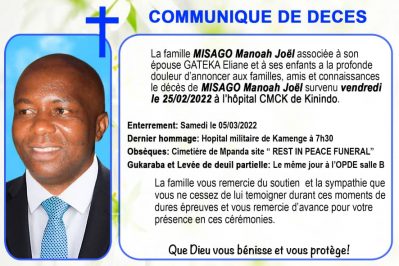
Francqui chair holder 2021-2022 Bruce CONNELL (York University, Glendon College – Toronto, Canada), who was nominated by Antwerp University (Prof. Jo Verhoeven) and Ghent University (BantUGent) for his research on language endangerment and language documentation, phonetic descriptions of certain African languages, and articulatory phonetics, visited BantUGent last Monday (February 21, 2022) to discuss joint research.
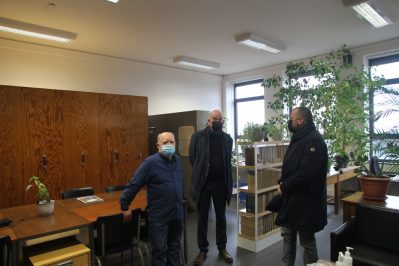
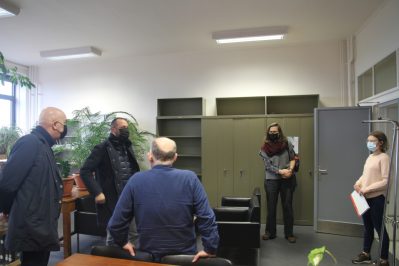
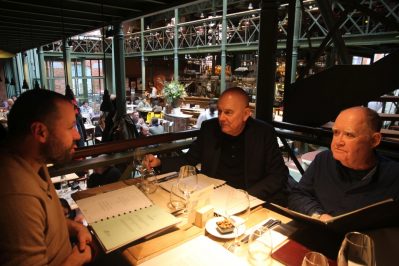
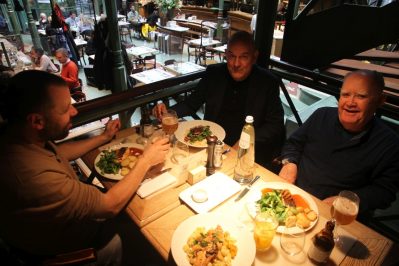
At the occasion of the publication of the Trilingual Dictionary of Kaaps, the Ghent Center for Afrikaans and the Study of South Africa (GAZ) organizes on February 25, 2022 (1pm-2.30pm) a webinar on “Kaaps, language variation and the future of Afrikaans” in which also Gilles-Maurice de Schryver (BantUGent) participates.
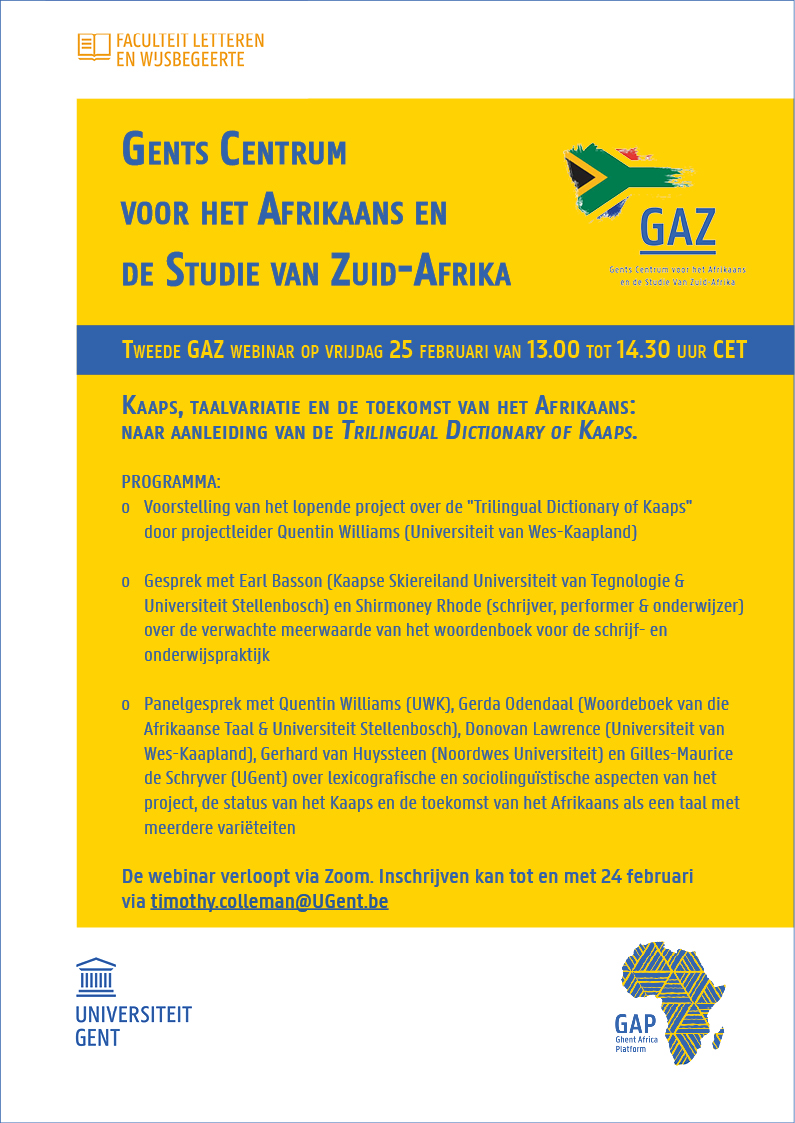
From February 16 until May 15 2022, BantUGent associate Joseph Koni Muluwa (ISP Kikwit) will be in Ghent for a research visit at BantUGent. He has been invited as a research fellow of the BantuFirst project to work on the languages spoken in the West-Coastal Bantu homeland area (Kwilu Province).
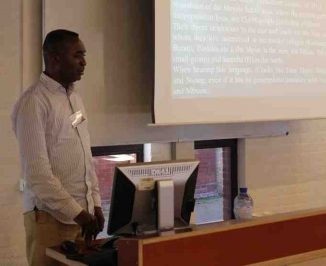
The Faculty Magazine Binnenstebuiten reports on the “Monster: Other/Alternative” project set up by Inge Brinkman (BantUGent), a collaboration between the BA program in African Languages and Cultures, choreographer Harold George from Sierra Leone and AfriKera dansers from Zimbabwe.

The Faculty Magazine Binnenstebuiten interviewed Peter Coutros (BantUGent) about his archaeological research inside and outside the BantuFirst project.